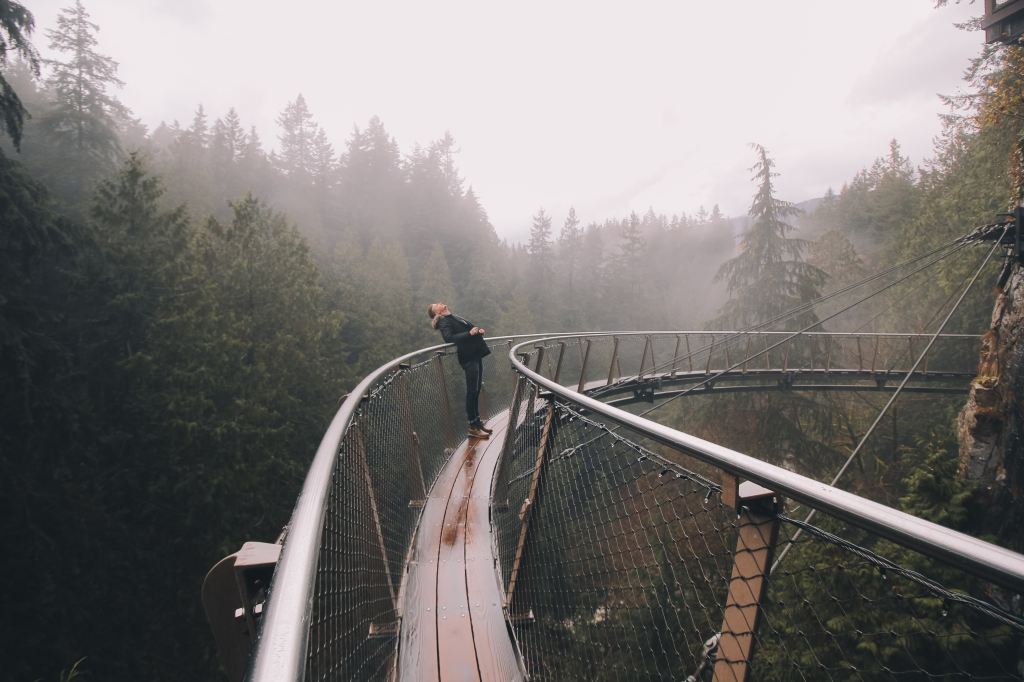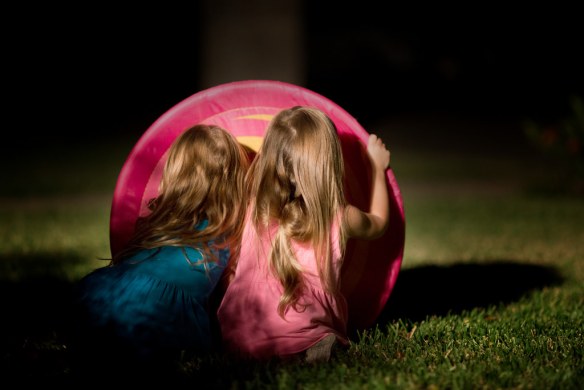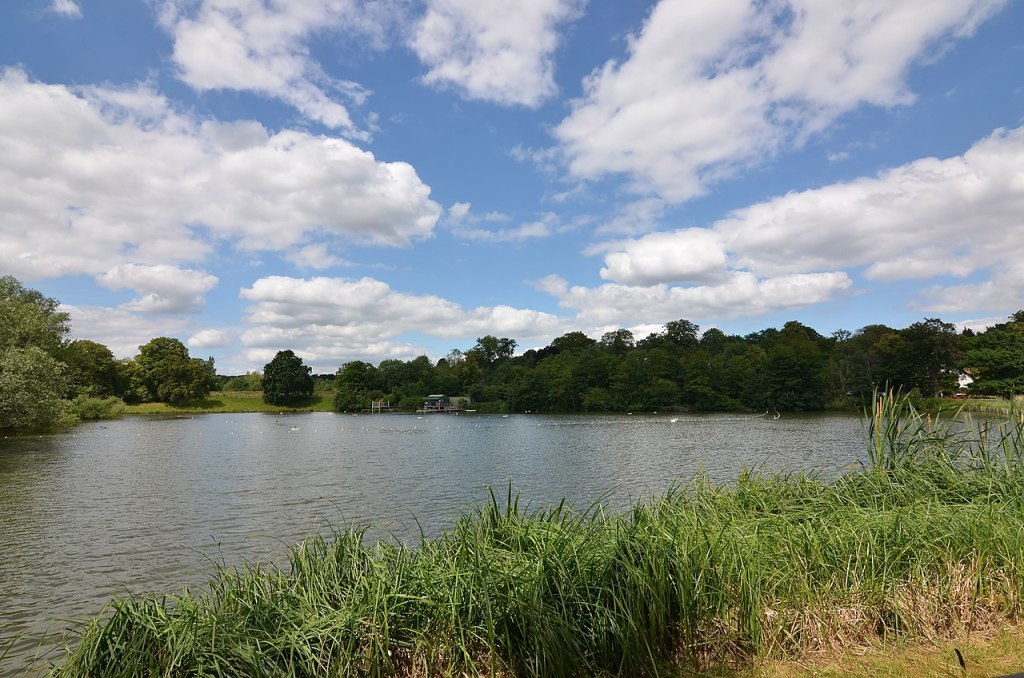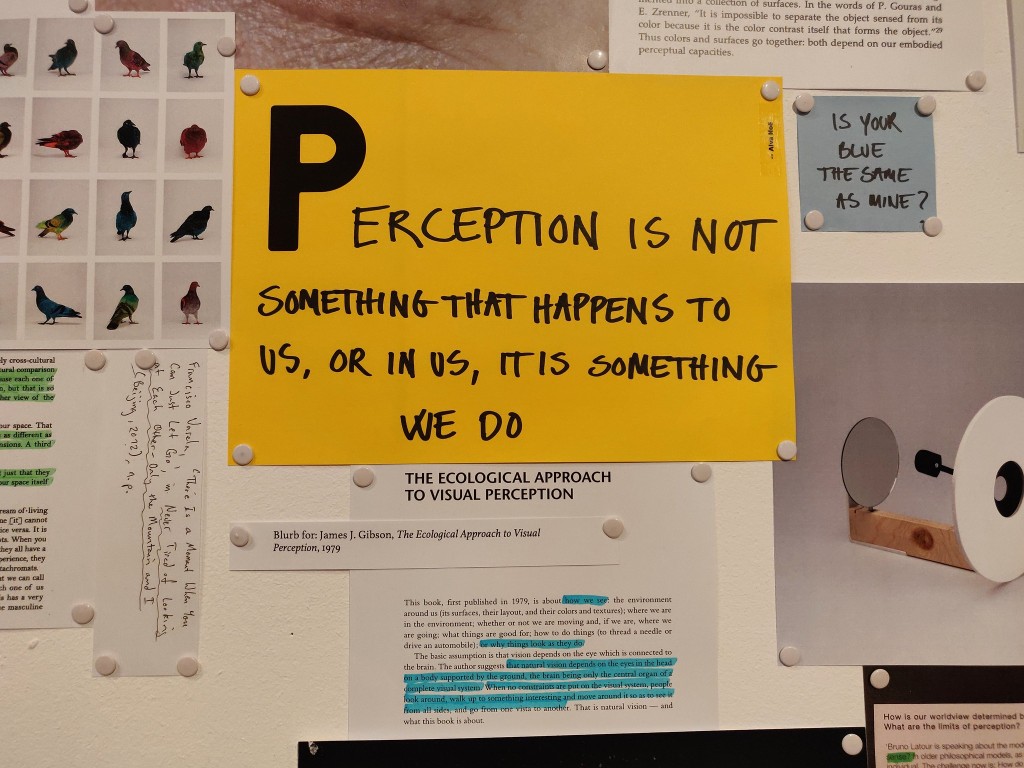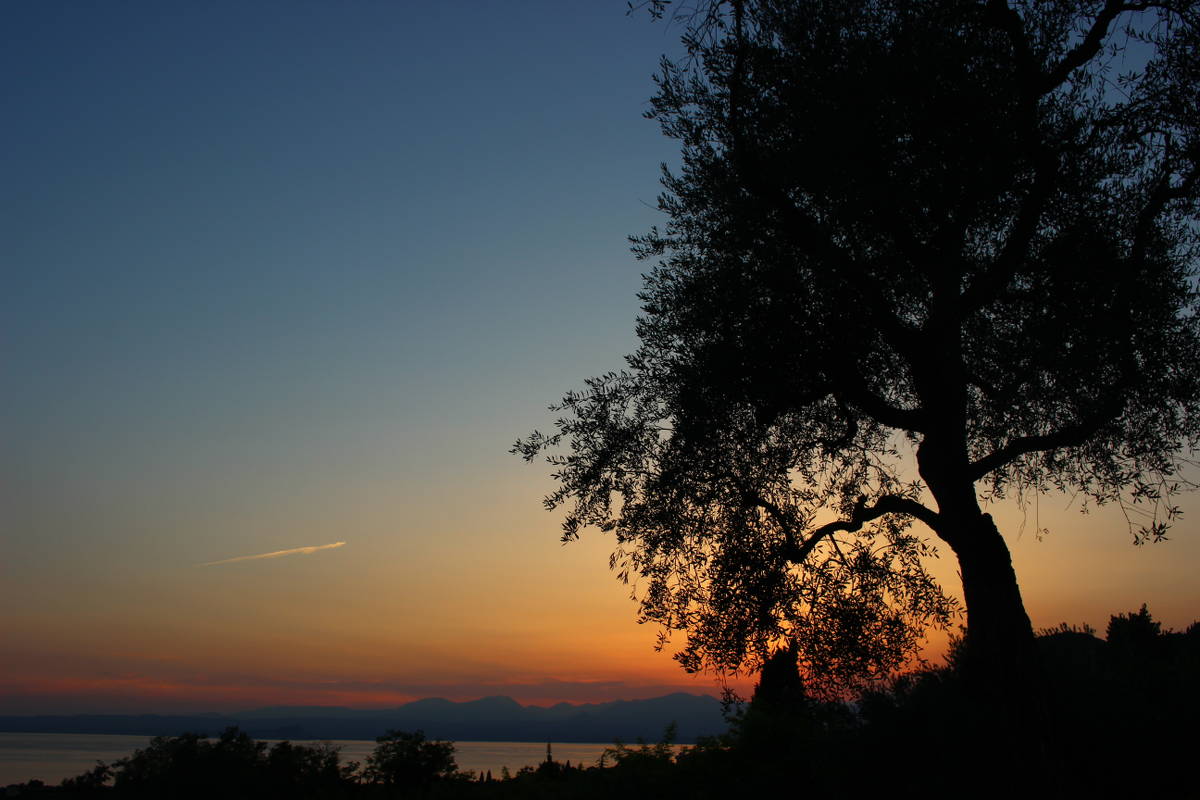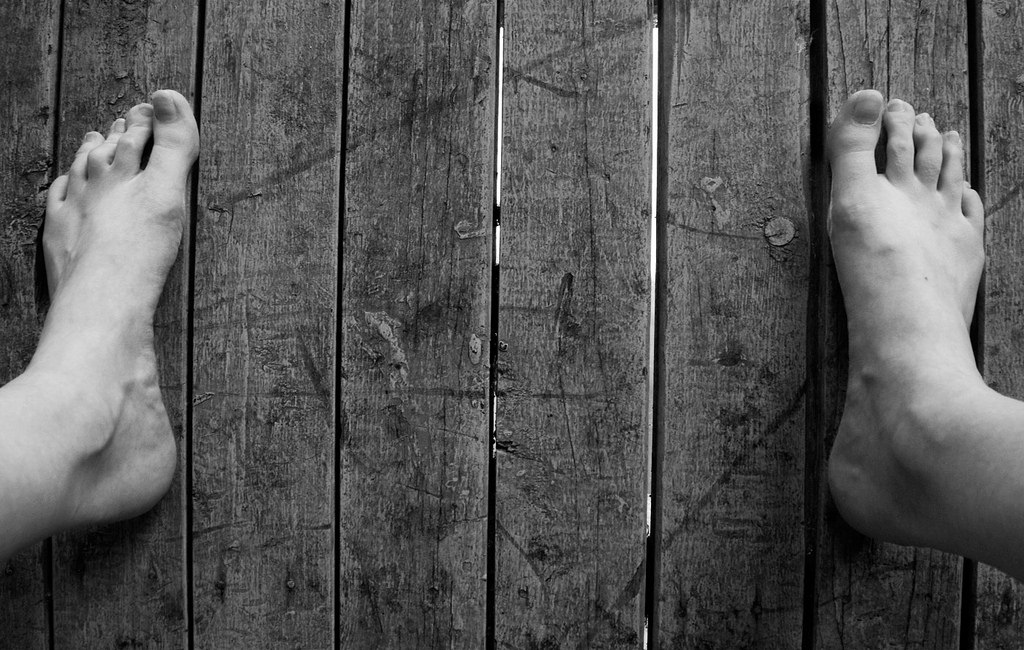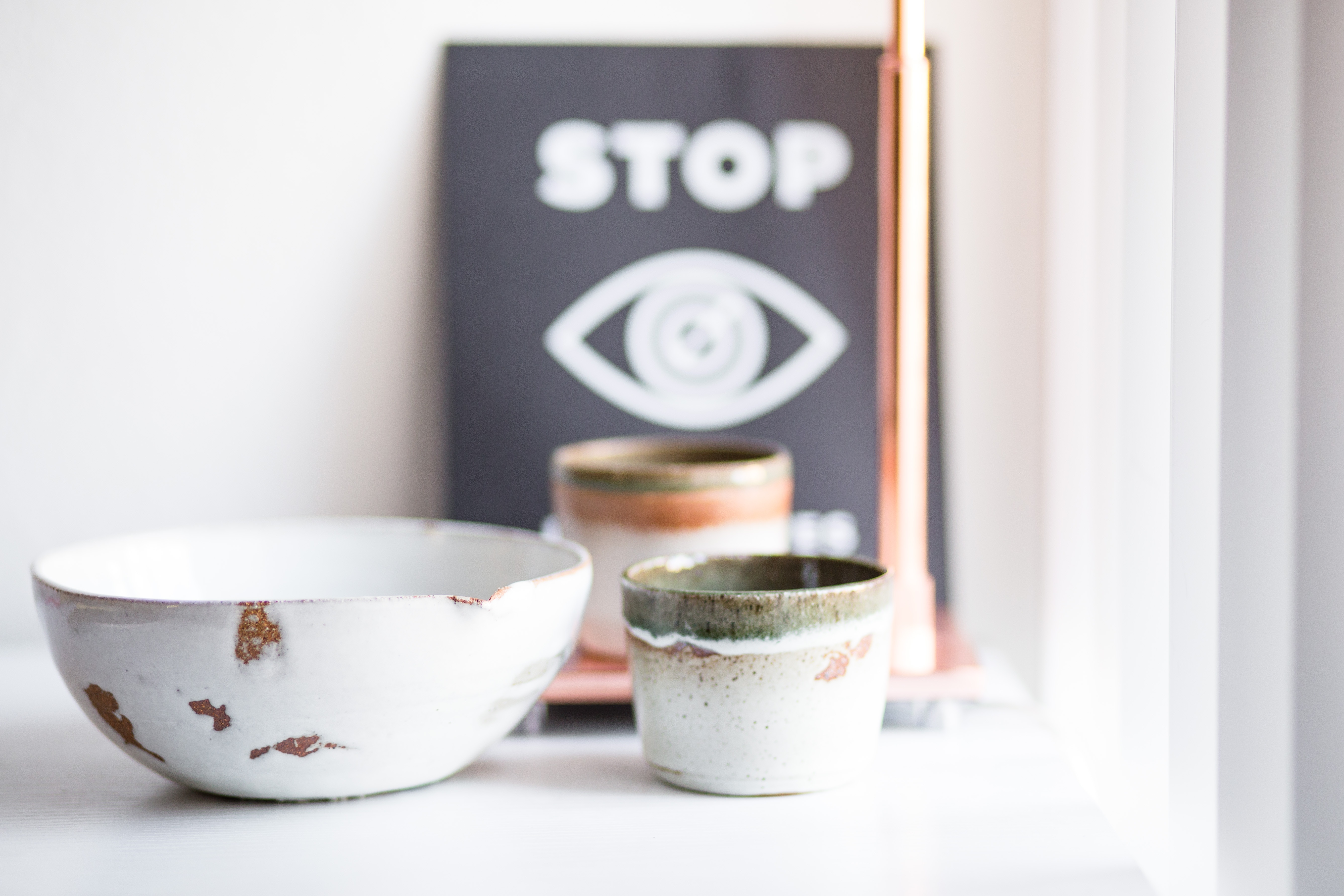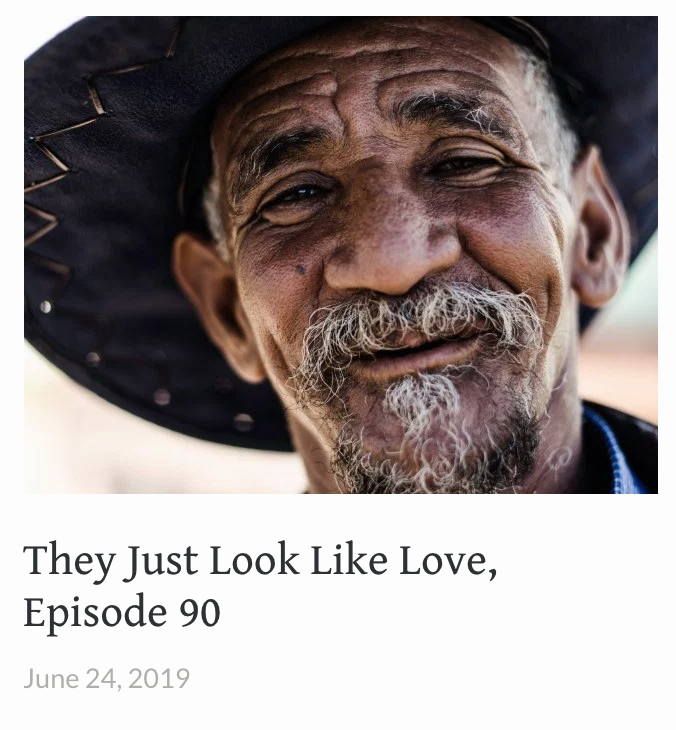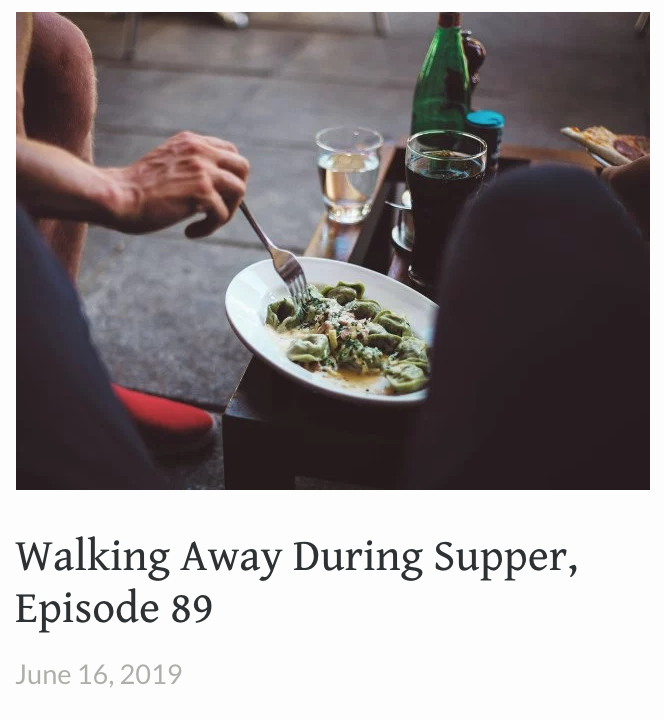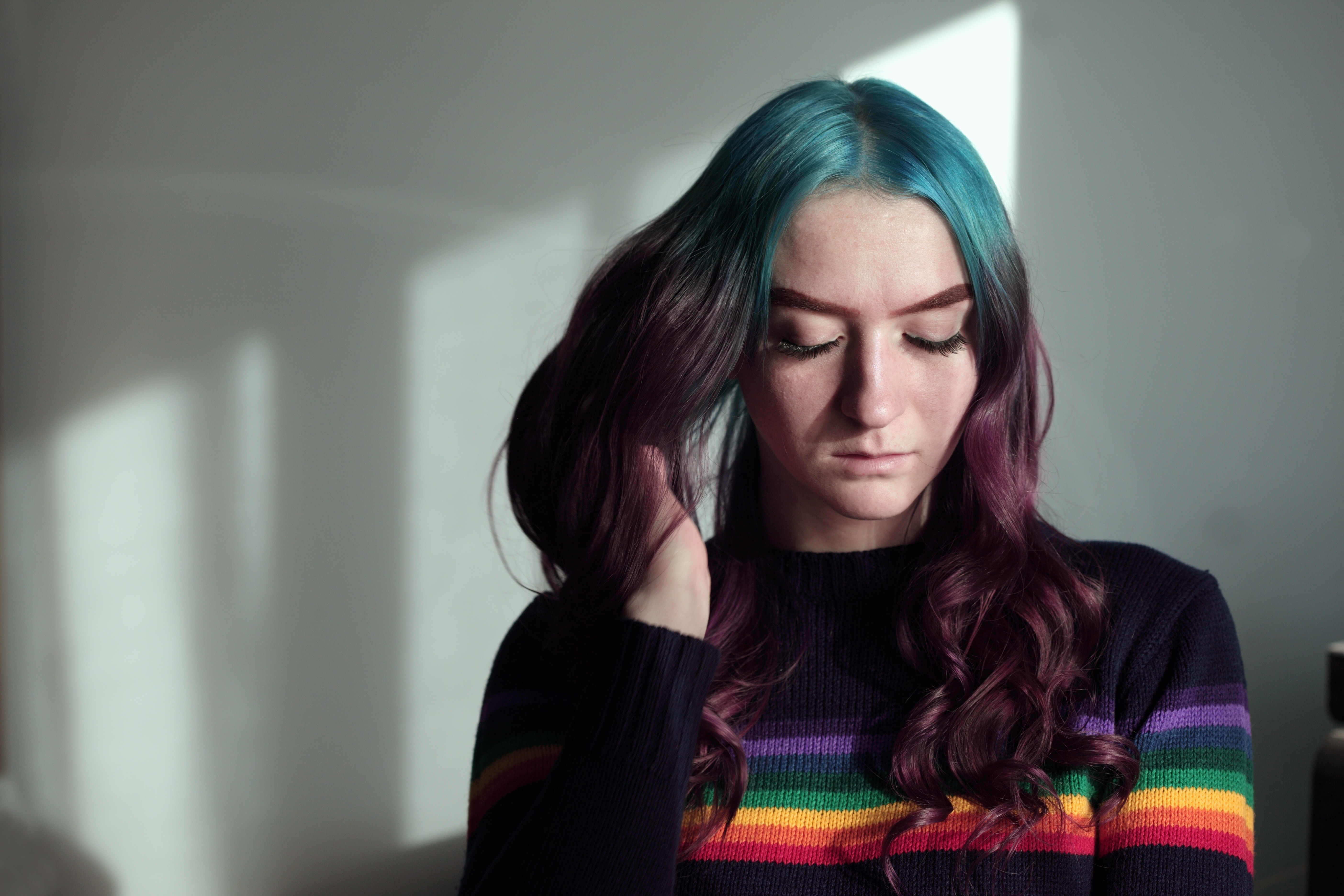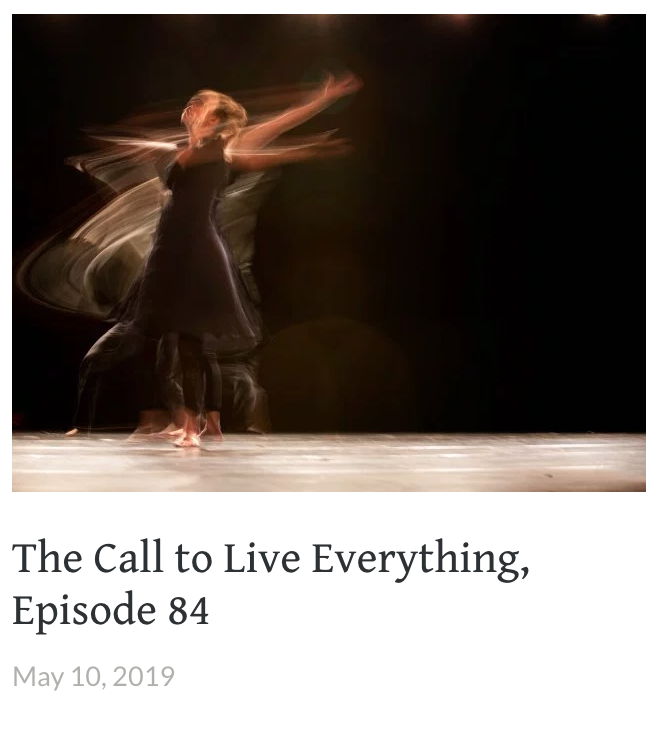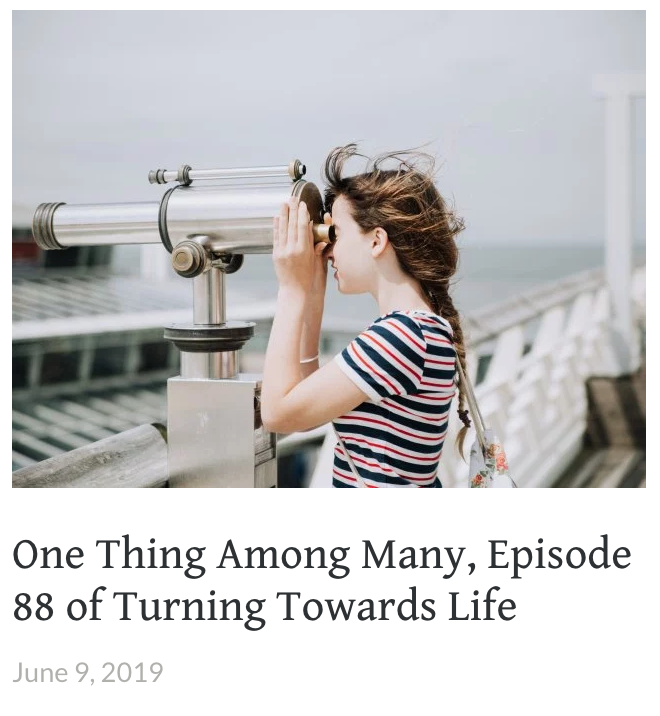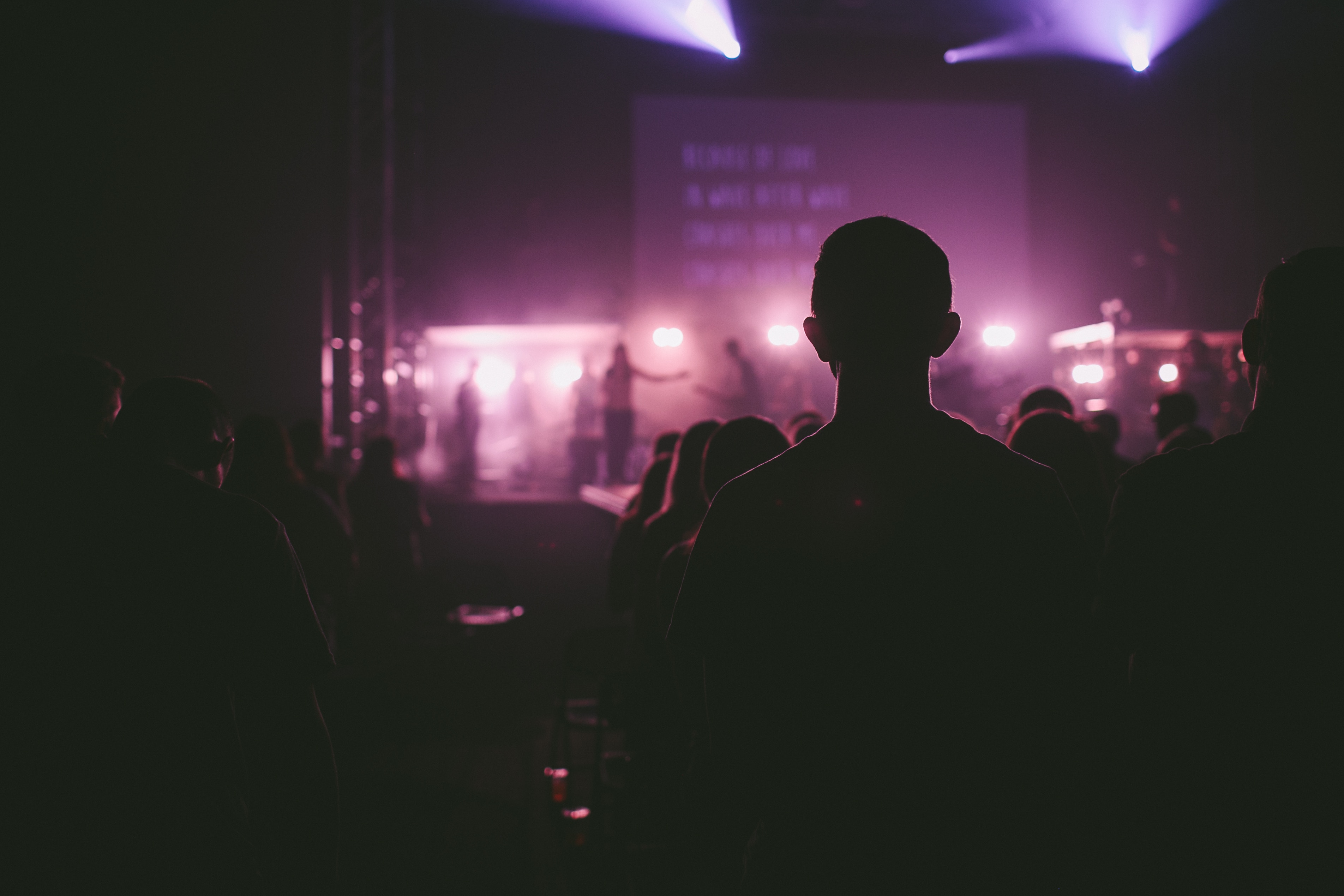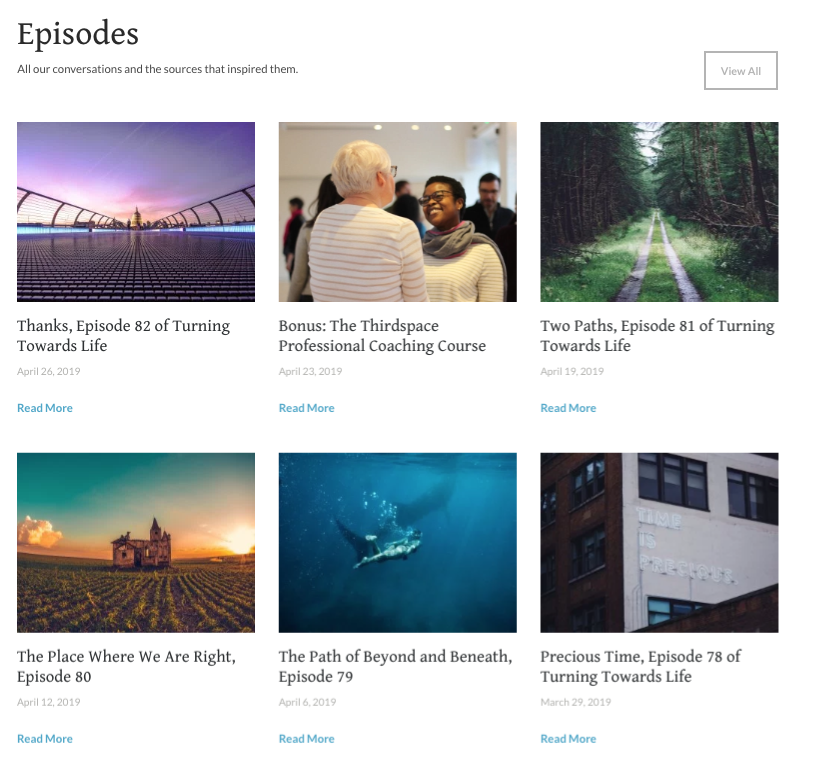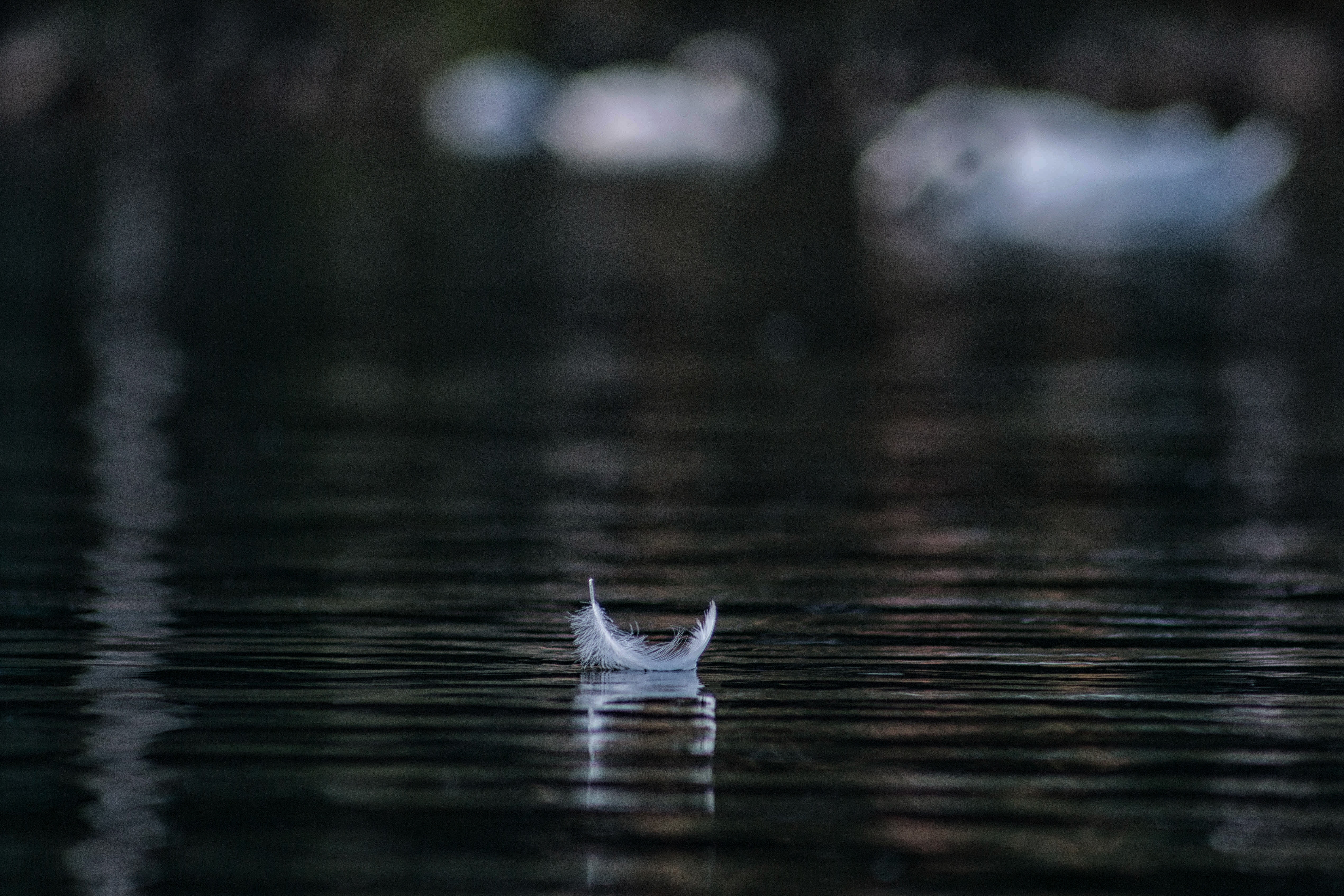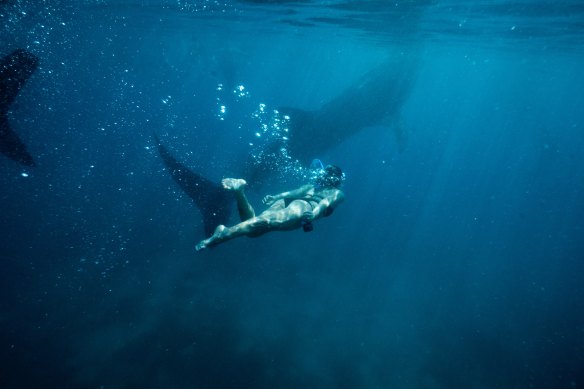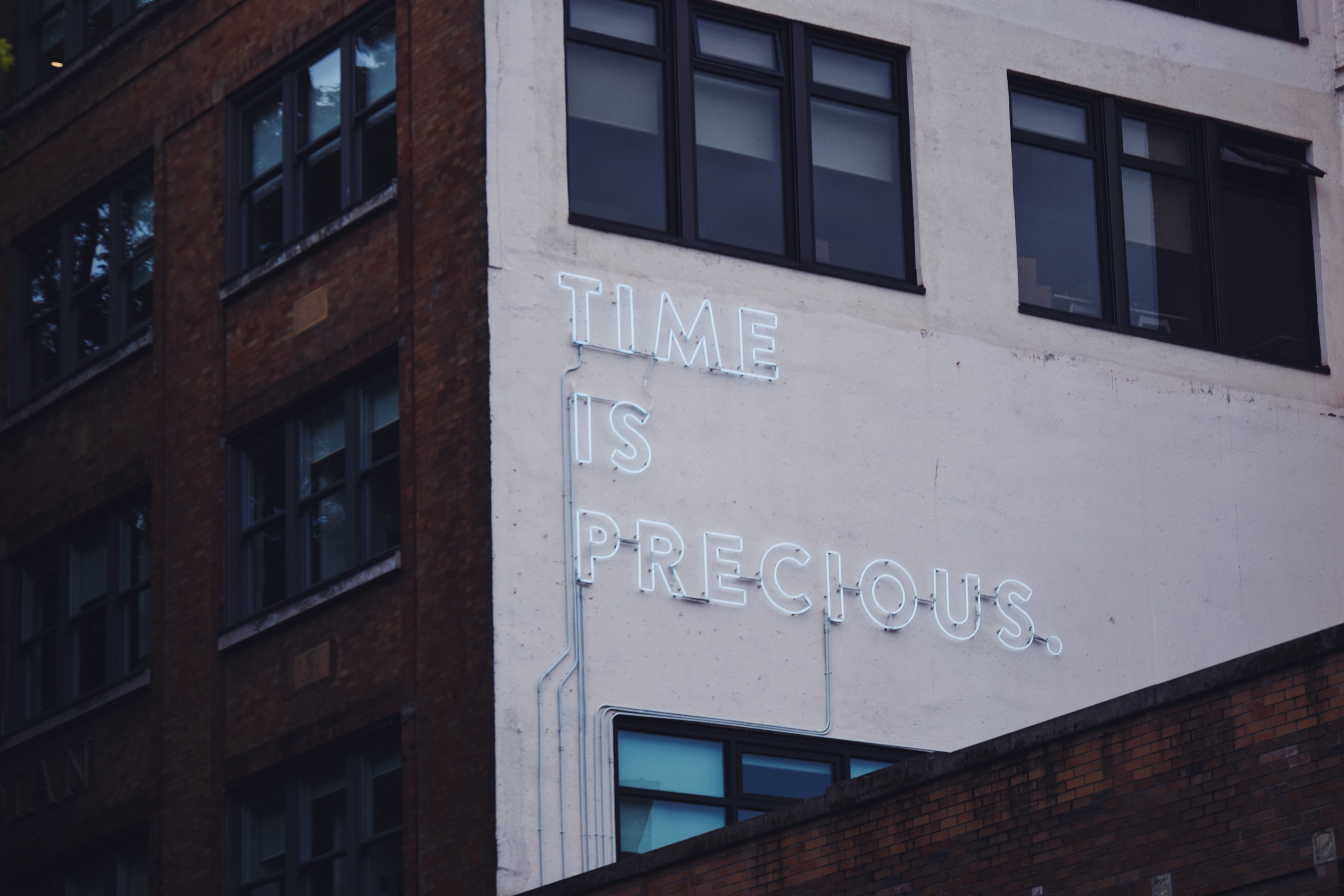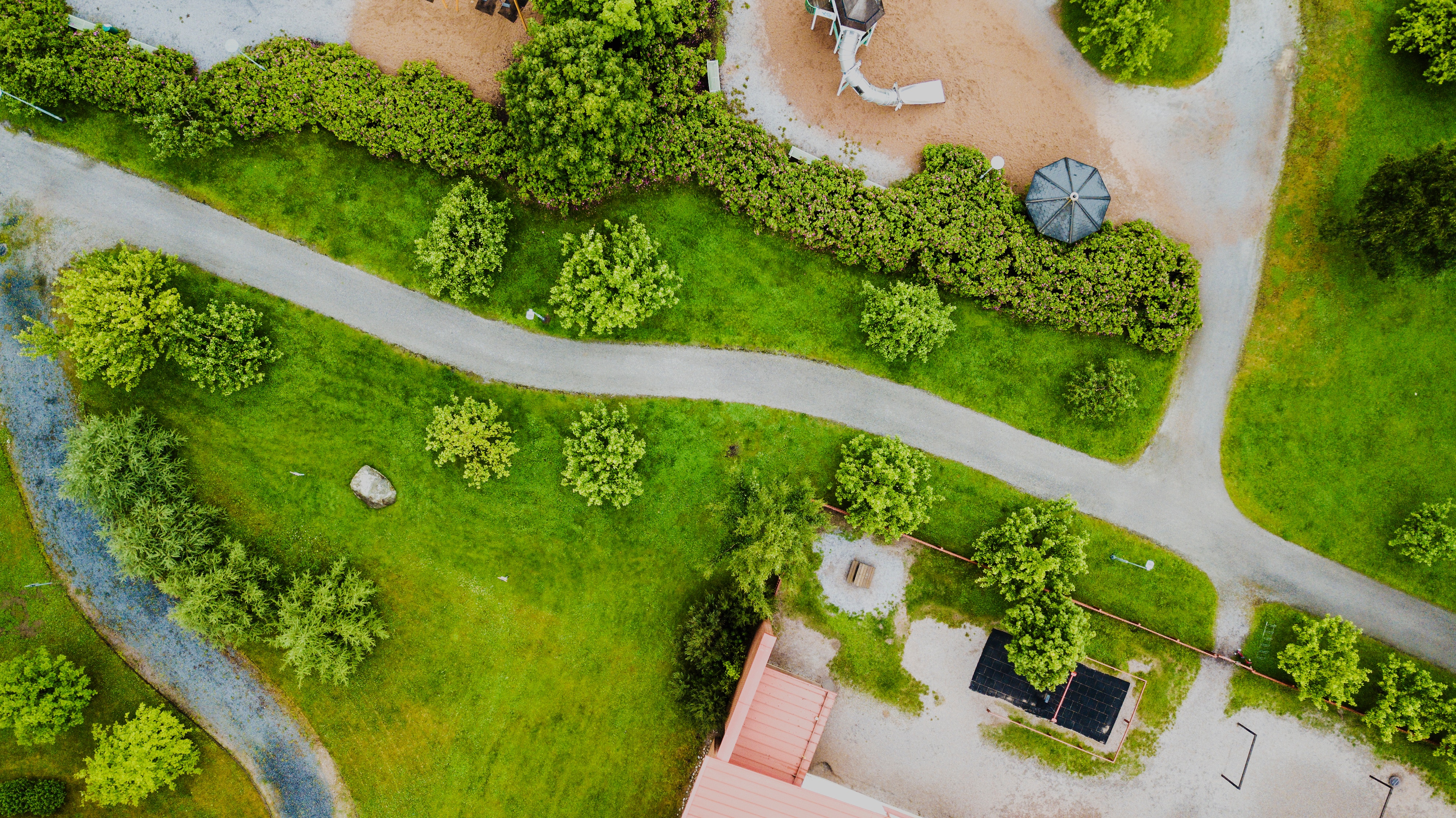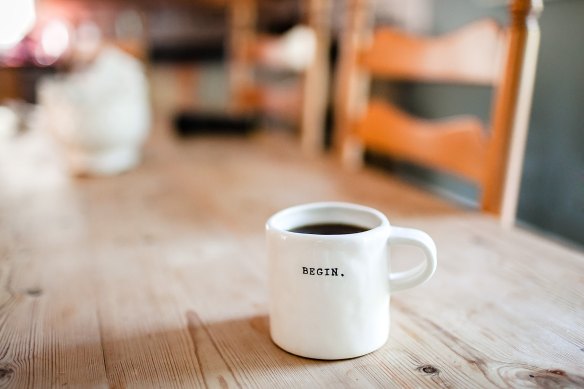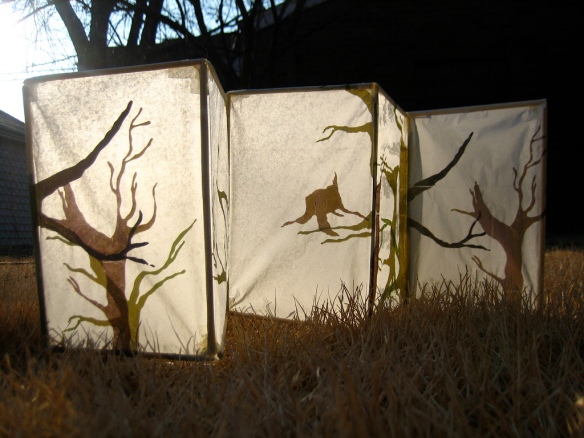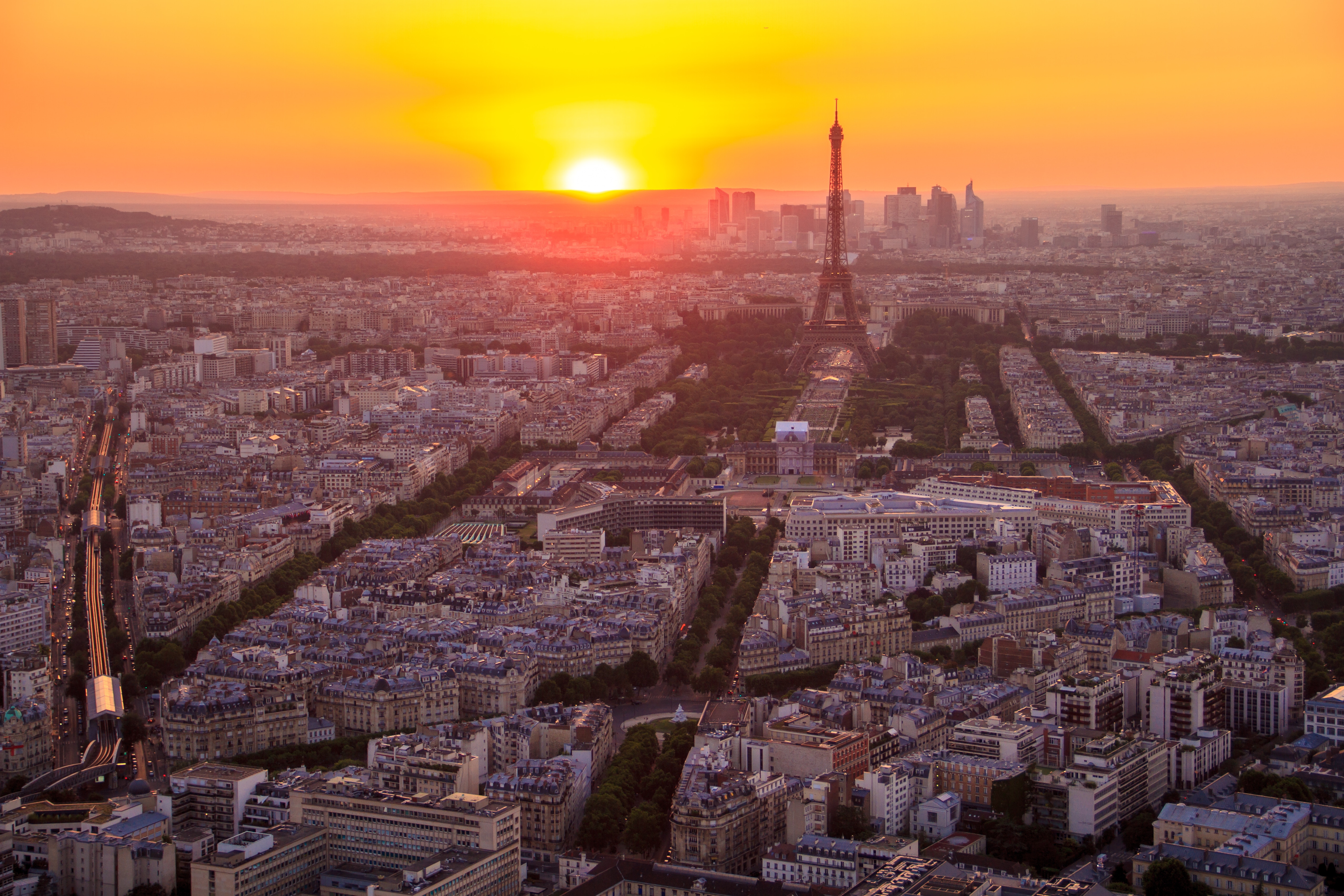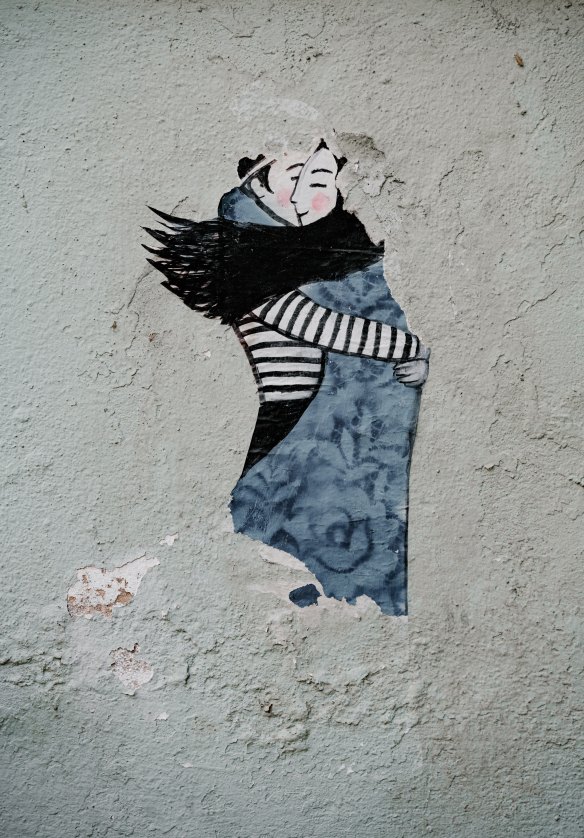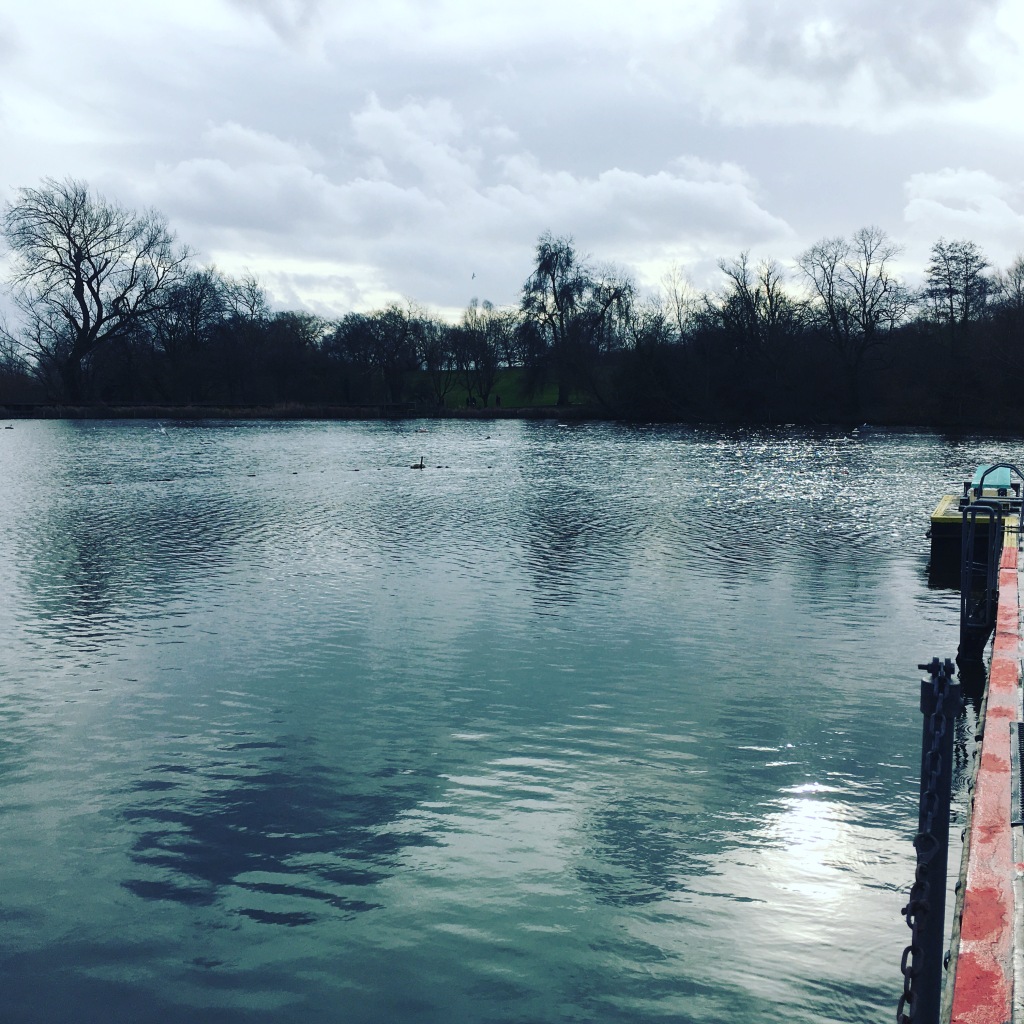
The world is, for all of us, a very narrow bridge, that we did not choose to walk.
And the most important thing is not to amplify our fear.
NACHMAN OF BRATSLAV
I’ve written about fear before, but as we enter into a very uncertain March 2020 all around the world, it seems it’s time to write about it again. I’m still very much working all of this out. It’s not all easy, by any means, and I don’t have answers to most of the questions I have about how to be in the world right now. But here’s where I am.
I’m deeply grateful to Norman Fischer, whose talk on this subject inspired what follows. In many places below I’ve drawn directly from Norman’s words, especially in the quoted sections, which have been so helpful to me. I hope they will be for you too.
–
On Being Afraid
We were already afraid before this began to happen. Fear itself is already endemic in our culture.
It’s here already because it sells things. It’s here already because, by it, we keep ourselves in our habitual patterns of distraction and avoidance. But it comes at a huge cost. It has us undermine ourselves again and again. When we’re had by our fear, when we’re caught up in it and the certainty of it, we live at odds with ourselves. We pretend that what we’ve become so afraid of isn’t happening, even when it is. Or we become certain that our fear is the world and turn away from our own wisdom, feeling further and further from ourselves and from one another.
Of course, indulging our fear seems so sensible. You don’t have to read very far into the statistics of the coronavirus situation [more on this below] to see that a vast tragedy is unfolding around us, that isn’t likely to go away before it’s had its fierce way with us, however much we wish it wouldn’t happen… at least not now… at least not to us.
I know what it’s like to be gripped by my fear, to be feel unable to get any distance from it. When the house is quiet and dark, and my children are sleeping, and I imagine how the world might be over the coming weeks and afterwards – indeed even as I write these words – feeding my fear seems the obvious things to do. And when I wake in the morning – if I have even slept – a night of amplifying my fear leaves me shaken and depleted, exhausted and tiny, and convinced more than anything of my loneliness and separateness and smallness.
But I don’t think we need to be afraid all the time. I don’t think we should be afraid all the time. There’s another way to practice in the midst of things. A way that starts with us admitting to our fear and confusion rather than denying it or being caught up in it. A way that isn’t distracting ourselves from the gravity of our situation, nor taking our fear so seriously that we exhaust ourselves and find ourselves in a despair that we can’t get out of. Neither of those extremes is going to help us.
Instead, we can begin by letting ourselves actually feel our fear for a while – properly making contact with it – even if it’s the last thing we want to do. We might have to stop rushing around if we want to make this possible. And in the quiet, truthful space in which we let ourselves feel our fear most fully, and in we feel our grief at how far the world is right now from how we want it to be, we can start to say:
I see you.
But I am not you.
You feel like the future, but you’re not actually the future.
You’re an experience, that I am having in my body, right now.
This way we neither run from our fear, nor indulge it. We take up the practice of speaking with ourselves in new ways – in the ways a wise, kind and truthful friend would do. However strong our fear, however convincing, this clear-seeing part of us is also here if we look for it.
And it helps greatly to be able to speak from this part, to say to ourselves:
Yes, I am anxious.
Yes, I am fearful.
And right now, I feel completely desolate.
And that is, indeed the truth.
and
I know that I will feel this way for a while. But it will last only a certain amount of time. It will not slow the spread of disease. It will not help my loved ones. It will not help me take good care of myself or other people. It will not improve anything at all about the situation.
and
In fact, if I keep on with this feeling longer than is absolutely necessary it will make things worse. The feeling of desolation is natural. I do not need to disrespect myself for feeling it. But it is extra.
And then, gradually, some space… and some contact with our willingness to meet life – fiercely, lovingly – just as it is. We start to be less convinced by the trance that fear has had us in, and remember that we can be of service. We remember that to be a human is to be a blessing.
But I cannot be this if I keep indulging my fear.
So I am just going to have to stop.
And then turn back towards the world.
And when the future comes, with everything that it brings, it isn’t even the future. It always turns out to be the present when it happens, and we often discover that we can, indeed, meet it – however difficult or painful it is – in ways we did not imagine.
Background reading on COVID-19
I have spent a lot of time reading, seeing if could find a way through the voluminous news reporting, sound bites, political promises, and data, to find sources I trust which will help me understand what’s going on and where it might lead us.
Here’s what I’ve found, and what I’ve understood.
I hope it will be of help.
- Seth Godin on the statistics, how viruses spread, what it means for what’s likely to happen, and how we might relate to it
- Bill Gates, who has been thinking about this for a long time, on the same
- A very clear New York Times article, referenced by Seth, that explains why, at the stage we’re at with this virus (3rd March 2020) things can look very normal now but change very quickly
- Bruce Aylward from the WHO, on how rapid spread can yet be averted, if countries take appropriate action
- Statistics, updated frequently, from Worldometer, that show what’s happening

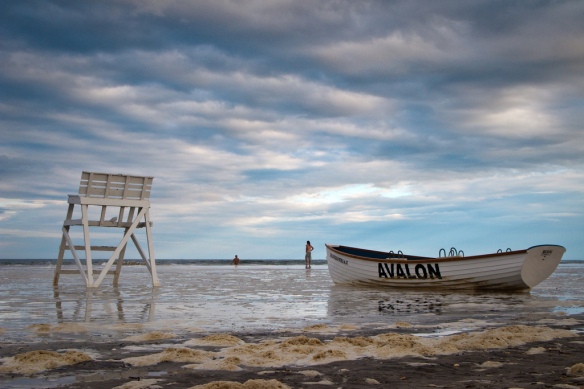
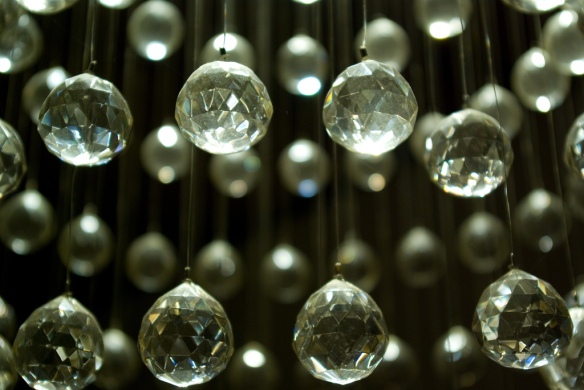 See what happens if instead of ‘I am afraid’, you say ‘Part of me is afraid’
See what happens if instead of ‘I am afraid’, you say ‘Part of me is afraid’

